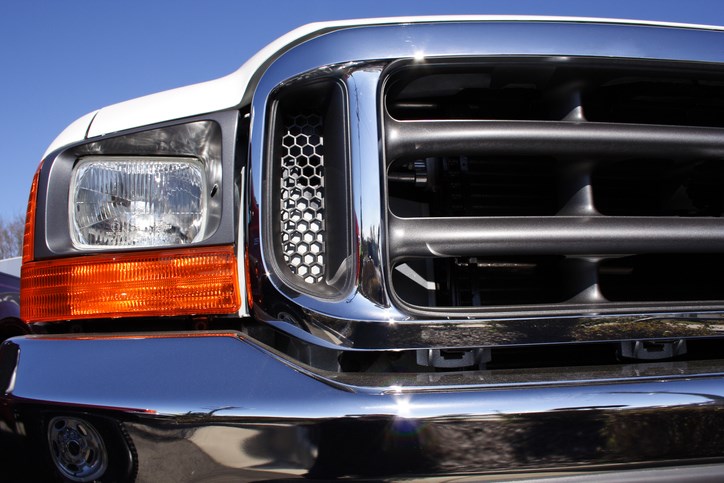Large SUVs and trucks are attractive vehicles for many North Shore residents.
They’re functional, sporty and safe. SUVs in particular handle snow with ease and are perfect for carting around kids, dogs, bikes, skis, or a week’s worth of camping equipment.
Unfortunately, big SUVs and trucks are dangerous to people out for a ride or walk. None of us expect to run over a person walking or on a bike. But what if you did? That would be anyone’s worst nightmare. Most people probably just don’t know that trucks and SUVs kill more vulnerable road users at higher rates than vehicles with lower hood heights. But it’s true.
In 2020, a US Insurance Institute for Highway Safety 2020 study found that SUVs caused more severe injuries than cars when impacts occur at more than 30 kilometres per hour. At speeds of 30-60 km/h, three out of 10 crashes with SUVs (30 percent) resulted in a pedestrian fatality, compared with five out of 22 for cars (23 percent). At 60 km/h and higher, all three crashes with SUVs killed the pedestrian (100 percent), compared with 7 out of 13 crashes involving cars (54 percent).
The culprit? Front-end vehicle shape and height. According to the study, when a car hits a cyclist, the original impact causes lower-body trauma, but it’s also likely to sweep that person’s legs out from underneath them. As the rider skids up the hood, they slow down, reducing upper body impact force.
SUV and truck front ends are taller. Their impact strikes the pelvis or even the chest. Modern trucks and full-size SUVs favour a tall, square front end rather than the sloping transition from grille to hood found on cars. Instead of sliding onto the hood when hit by a truck, the rider’s pelvis and torso rotate with a twisting, tearing motion. The victim wraps around the vehicle with a squared-off front end, hitting their head on the hood at full force.
I’m not talking about small SUVs or trucks. It’s the Silverados, Denalis, Escalades and F250s that are worrying. The popularity of large trucks and SUVs continues to grow. In the U.S. and Canada, 60% of new vehicles purchased are SUVs. Manufacturers are discontinuing car lines in favour of SUVs and trucks. Even in truck lines, manufacturers are dropping small pickups without crew cabs.
Why are we building more deadly vehicles? Oh, there is psychological talk about para-military design and petro-masculinity, our withdrawal from each other. A flight to power and luxury. Symbols of wealth. Trump trains. Ugh.
I think the reason is safety. Or fear. The larger vehicles become, the more people want a bigger one for safety when involved in a crash with another car. It is intuitively obvious that in a collision between mismatched vehicles, the lighter one takes the brunt. A 2013 study demonstrated just how unequal the contest is. In car vs. SUV head-on crashes, the study found that the odds of death were 7.6 times higher for the car driver than the SUV driver. The car driver fared a bit better in crashes where the car had a higher front crash-test rating than the SUV but was still four and a half times more likely to die than the SUV driver. The Insurance Institute for Highway Safety showed that women drivers are more likely to die in crashes because they tend to drive smaller vehicles. The more giant trucks and SUVs get, the bigger all cars need to be for safety. It’s a circular problem.
But where does the escalation in vehicle size stop? Are we all fated to roam around in electrified armoured tanks (the Tesla Cybertruck) in the future – killing more people driving, pedestrians and people on bikes? Is this really what we want to be doing?
I don’t have all the answers. I know, however, that we all want to be safe. No matter how you get around – by car, on foot or two wheels – the safety motivator is primary. A great way to prevent deaths is to separate each form of travel from the other. We need to design our roads so that people walking and people on bikes don’t encounter vehicles of any kind, let alone gigantic ones.
In terms of vehicle size, regulators might determine that front-end profiles are not to exceed a certain height. The European Union does not permit biggy-sized vehicles for two reasons: skinny streets, plus pedestrian and cyclist safety. We don’t have slender streets here in Canada, but we might at least care about pedestrian safety, no?
Heather Drugge is a sustainable transportation advocate who has used her bike for transportation for over 20 years. She’s zooming around on an e-bike now, and maybe looking at a jetpack next. [email protected].



